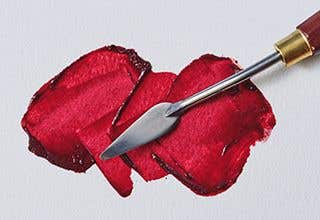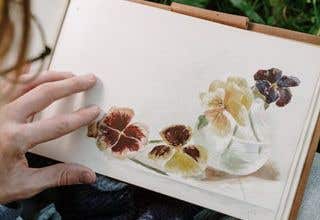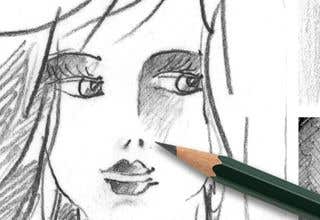Are you a beginner artist looking to improve your drawing skills, or an intermediate artist looking to take your artwork to the next level? Look no further! This comprehensive guide will equip you with the necessary skills to master the art of drawing techniques. With this guide, you will learn how to improve your artistic skills and create stunning drawings that will leave a lasting impression. So, let's dive in and master the art of drawing techniques together!
Materials and Tools for Drawing Techniques
A quality set of materials and tools are essential components of any artist's toolbox. Drawing requires specific materials and tools to achieve the desired results. Here are some key supplies you need:
- Paper: Paper is the foundation of any drawing, and choosing the right paper is important. It should be smooth enough for the pencil to glide across the surface and have enough tooth to hold the graphite.
- Pencils: Pencils are the most common drawing tool and come in a range of hardness, from 9H (hardest) to 9B (softest). Hard pencils create lighter lines, while soft pencils create darker lines.
- Erasers: Erasers are essential for correcting mistakes and refining details. Kneaded erasers are versatile and can be moulded into different shapes, while gum erasers are harder and better for removing larger areas of graphite.
- Charcoal: Charcoal is a versatile drawing medium that can create a range of tones and textures. It is available in sticks, pencils, and powder form.
- Ink: Ink can be used for drawing, outlining, and shading. It is available in various colours and types, including Indian ink and fountain pen ink.
- Blending tools: Blending tools, such as tortillons for blending stumps, can be used to create smooth transitions between tones and textures.
- Rulers: Rulers are useful for creating straight lines and measuring proportions.
- Drawing boards: Drawing boards provide a smooth and stable surface to work on and prevent the paper from moving around.
Choosing the right materials and tools for drawing is crucial for achieving the desired results and bringing your artistic vision to life.
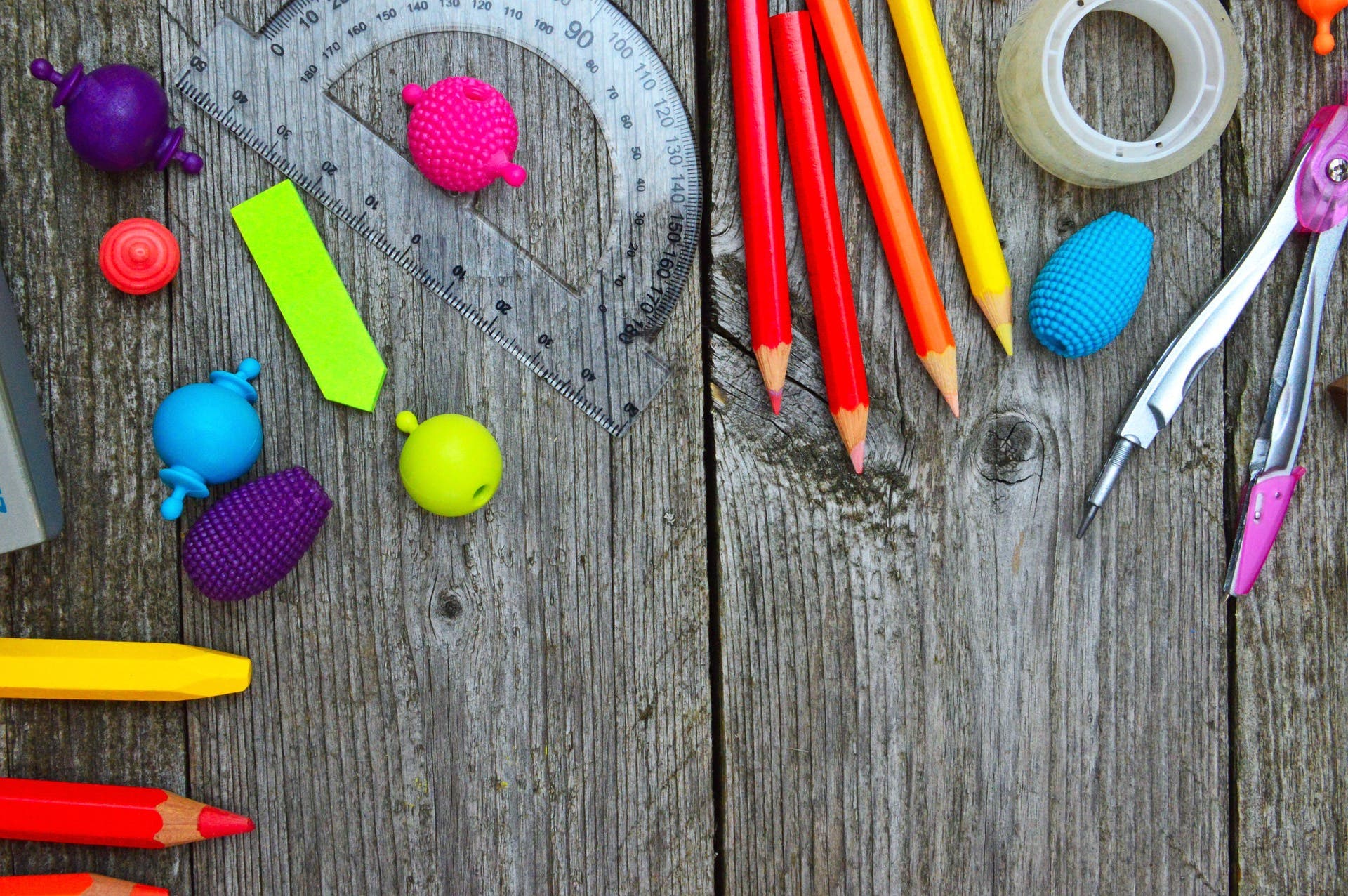
Basic Drawing Techniques
Basic drawing techniques are the foundation for creating realistic and expressive works of art. Mastering these techniques is essential for any artist looking to improve their skills and create more complex and advanced drawings. Here are some key points to keep in mind when it comes to basic drawing techniques:
- Line: Line is the most basic element of drawing and refers to the path created by a moving point. It can be used to define edges, create texture, and convey movement.
- Contour: Contour refers to the outline or edge of an object, which helps define its shape and form. It can be used to create a sense of depth and volume in a drawing.
- Shading: Shading is the use of light and dark values to create the illusion of depth and volume. It can be used to create realistic textures and forms.
- Proportion: Proportion refers to the size and relationship of objects within a drawing. It is important for creating realistic and accurate representations of the world around us.
- Scale: Scale refers to the size of objects in relation to each other and the overall composition. It can be used to create a sense of depth and distance in a drawing.
- Composition: Composition refers to the arrangement of elements within a drawing. It can be used to create balance, harmony, and visual interest.
By mastering these basic drawing techniques, artists can create drawings that accurately represent the world around them and communicate their artistic vision effectively.
Advanced Drawing Techniques
Advanced drawing techniques are the next step for artists looking to take their skills to the next level. These techniques require a more advanced understanding of the principles of drawing and can be used to create more complex and expressive works of art. Here are some key points to keep in mind when it comes to advanced drawing techniques:
Technique 1: Cross Hatching
Cross Hatching is a shading technique that involves drawing two or more sets of parallel lines that overlap each other. This technique creates texture and depth in your artwork.
Technique 2: Blending
Blending is a technique that involves smoothing out the lines and shading in your drawing by using a blending tool such as a tortillon or a blending stump.
Technique 3: Highlighting
Highlighting is a technique that involves using an eraser to remove some of the pencil lines and create highlights in your artwork.
Technique 4: Adding Colour
Adding colour to your pencil drawings can create a unique and eye-catching effect. To add colour, use coloured pencils and watercolour pencils to enhance your artwork.
In conclusion, mastering drawing techniques requires practice, patience, and dedication. By following these tips and techniques, you can improve your drawing skills and create artwork that is visually appealing and expressive.
Technique 5: Marbling
Marbling is a drawing technique that involves creating a marble-like pattern by floating ink or paint on water or other viscous liquid, and then transferring the pattern onto paper or fabric using various tools such as a stylus, brush, or comb.

Drawing Tips and Tutorials
Improving your drawing skills is an ongoing process that requires dedication and practice. Whether you are a beginner or an experienced artist, there is always room for improvement. Here are some tips for improving your drawing skills:
- Practice regularly: The more you draw, the better you will become. Make time to practise drawing every day, even if it's just for a few minutes.
- Study the work of other artists: Look at the work of other artists and try to understand how they use different techniques and materials in their drawings.
- Take classes or workshops: Taking classes or workshops can help you learn new techniques and get feedback on your work.
- Experiment with different materials: Try using different materials such as pencils, charcoal, or ink to create different effects in your drawings.
- Use reference images: Using reference images can help you create more accurate and detailed drawings.
- Focus on the basics: Don't neglect the basics of drawing such as line, shape, and proportion. Mastering these fundamentals is essential for creating more advanced works of art.
By following these tips, artists can continue to improve their drawing skills and create more impressive works of art.
Drawing Styles to Explore
Drawing styles and techniques are as varied as the artists who use them. Exploring different styles and techniques can help artists discover new ways to express their creativity and develop their own unique style. Here are some drawing styles and techniques to explore:
- Realism: Realism is a style of drawing that focuses on creating an accurate representation of the subject. It involves careful observation and attention to detail.
- Impressionism: Impressionism is a style of drawing that emphasises the impression of the subject rather than its precise details. It often involves loose, gestural lines and a focus on light and colour.
- Abstract: Abstract drawing involves creating non-representational art that focuses on shape, colour, and texture rather than depicting recognizable objects.
- Manga/Anime: Manga and anime are popular drawing styles originating from Japan. They involve creating stylized characters with exaggerated features and expressive emotions.
- Pointillism: Pointillism is a technique that involves creating a drawing using small dots of colour or tone to create an overall image.
- Gesture drawing: Gesture drawing involves capturing the essence of a subject with quick, loose lines. It's often used to capture the movement and energy of a subject.
Exploring different drawing styles and techniques can be a fun and rewarding way to develop your skills as an artist and discover new ways to express yourself creatively.
By practising these exercises regularly, artists can develop their skills and improve their abilities to create more complex and impressive works of art.
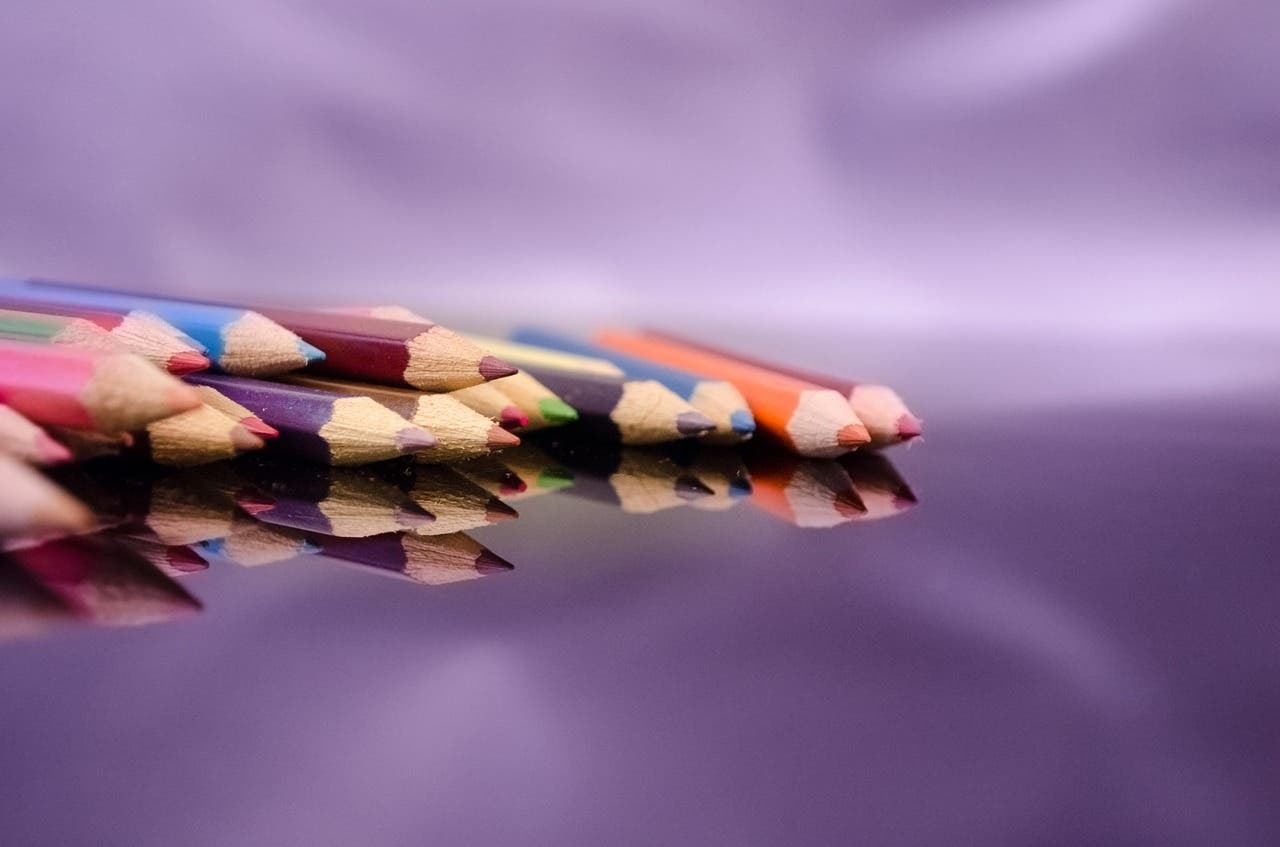
Conclusion
In conclusion, mastering the art of drawing requires practice, patience, and a willingness to learn and explore new techniques and styles. By understanding the basic techniques, choosing the right materials and tools, and practising different exercises and styles, artists can elevate their skills and create works of art that showcase their unique style and creativity. With dedication and persistence, anyone can master the art of drawing and create works of art that inspire and captivate their audience.
Drawing Techniques FAQ
Here are some frequently asked questions about drawing techniques:
What are the basic drawing techniques that every artist should know?
Every artist should know basic techniques such as line drawing, shading, and perspective drawing. Line drawing is the foundation of all art, and it is essential for artists to know how to draw different types of lines. Shading is also critical as it gives depth and dimension to drawings. Perspective drawing helps artists create a sense of depth and space in their artwork.
Do different drawing styles require different techniques?
Yes, different drawing styles require different techniques. For instance, realistic drawing techniques involve careful observation of subjects and precise line work and shading. Manga drawing techniques, on the other hand, involve bold and defined lines, distinct features, and exaggerated expressions. Cartooning requires a different set of techniques, such as simplified shapes, expressive lines, and exaggerated proportions.
Can someone learn drawing techniques without having natural talent?
Yes, anyone can learn drawing techniques with practice and dedication, regardless of natural talent. While some people may have an innate ability to draw, anyone can improve their drawing skills through practice and learning. As with any skill, it takes time, patience, and effort to master drawing techniques.
Is it necessary to learn traditional drawing techniques in today's digital age?
Yes, learning traditional drawing techniques is still necessary for today's digital age. While digital drawing tools and software are prevalent, traditional drawing techniques are still the foundation of all art. Artistic skills such as line work, composition, and perspective can be applied in both traditional and digital art forms. Additionally, having a strong foundation in traditional art techniques can help artists better understand their digital tools and software.







